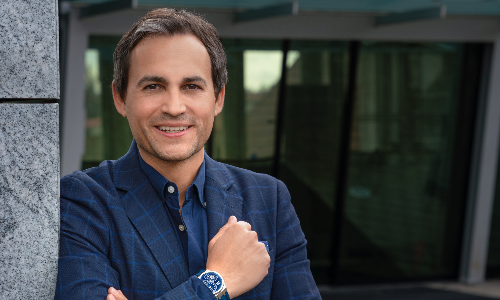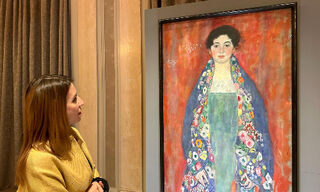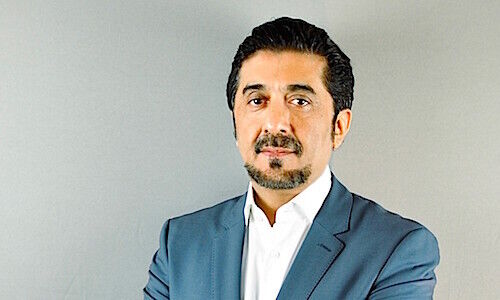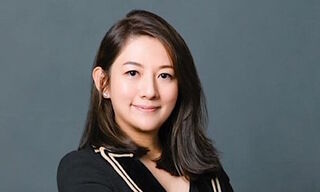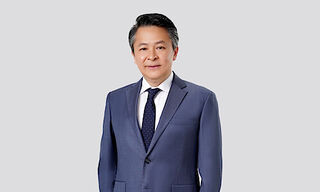Japan's managed account assets under management (AUM) grew almost ninefold between December 2011 and June 2015 to ¥4.7 trillion (US$38.31 billion), according to global financial services research firm Cerulli.
After stagnating for a few years post-global financial crisis in 2008, the turning point was the recovery of the stock market after the arrival of Prime Minister Abe at the end of 2012.
In 2013, the Japanese stock market surged by more than 50% and investor sentiment improved considerably. Managed account AUM doubled between 2012 and 2013, then tripled by the end of December 2014. The strong growth has continued in the first half of 2015.
The large majority of assets are in fund wrap programs, leaving separately managed accounts marginal in terms of assets. Regardless of managed account provider in Japan, about 80%-90% of assets come from fund wrap programs with a minimum investment from ¥3 million to ¥5 million.
Managed account programs were originally targeted at high-net-worth investors, and the minimum investment amount was set much higher, such as ¥100 million in Nomura Securities' case. However, few providers have been successful in developing the business, failing to seize upon clients' needs. Affluent clients use the managed account program as a product in their portfolios of investment products, rather than the sole solution to manage their assets. Realizing this, providers shifted their target to the mass affluent, lowering the minimum amount of investment.
However, without the advent of Abenomics and the government's inflation target, investors likely would not take the managed account program seriously.
One of the targets of the managed account program comprised baby boomers, but during the peak period of their retirements, around 2007-2009, inflows to the program were below expectations. Baby boomers did not have a strong motivation of invest in riskier products, preferring to keep their assets in bank deposits at the time. But now, inflation concerns have pushed them to act more quickly.
Managed account providers have told Cerulli that the four traditional asset classes, domestic bond/equity and foreign bond/equity, plus REITs are the main underlying products in fund wraps. Going forward, global equities might come on the radar while alternatives are possibilities.







